Hygroma Removal
The appearance of a soft lump on the arms and legs is often associated with a condition called a hygroma. This benign growth in the joints can be up to several centimeters in diameter and cause pain. Surgery can completely remove this unsightly lump and eliminate the pain.
The Orthopedics and Traumatology Department at the K+31 Clinic (Moscow) performs diagnosis and surgical treatment of hygromas using modern, minimally invasive techniques. This guarantees a short recovery period and prevents recurrence.

specialists

equipment

treatment
Symptoms and diagnosis

When small, a ganglion cyst causes no pain and produces no symptoms. In many cases, there is no inflammation in adjacent joints. However, as it grows, it can become a physical nuisance, creating aesthetic discomfort. Large ganglion cysts compress blood vessels and nerve endings, disrupting tissue nutrition and circulation. This causes pain, tingling, or loss of sensation in the affected area.
Main symptoms:
- Limited joint mobility
- Roughening of the skin over the ganglion, and frequent contact with clothing can cause redness and flaking.
- Pain with pressure or strain on the joint.
The growth appears as a round or oval spherical tumor, feeling like a lipoma. A distinctive feature of a synovial cyst is that it forms only at the sites where tendons attach to joints, and when pressed, it can shift to the side under the skin.
Causes of hygroma
Hygromas can develop on joints that are frequently strained during professional activities. For example, a ganglion on the wrist (above or below the wrist) appears in people who spend a lot of time working on a computer or typewriter. A ganglion on the ankle is common in professional athletes or people who are constantly on their feet during work. Multiple small hygromas occur on the fingers due to chronic inflammation of the phalangeal joints.
A hygroma can develop as a result of age-related changes in people prone to arthrosis. Family history plays a significant role. If relatives have had such synovial cysts on the hands or feet, the likelihood of developing them in other family members increases.

The appearance of a synovial cyst is influenced by:
- Prolonged stress on the joint
- Injuries and sprains
- Joint arthrosis
- Connective tissue disorders
- Heredity
Hygroma Removal Methods
The doctor selects the surgical method individually. For people with anesthesia intolerance, diabetes, and other medical conditions, a puncture is more often recommended.
Possible treatment methods for synovial cysts include:
- Puncture. The cyst contents are aspirated using a special syringe, but without removing the capsule itself. This is a quick and affordable method. It is only suitable for removing small cysts up to 1 cm in size, and since the capsule remains under the skin, there is a high risk of recurrence. To enhance the effect, scleroplasty can be performed. A liquid is injected into the emptied capsule, which seals it from the inside.
- Laser therapy. This is a universal method suitable for removing cysts of any size. Instead of a scalpel, a laser beam is used, cutting the tissue with extreme precision, eliminating bleeding. There are no scars after the surgery.
- Classic surgical removal. The capsule containing the liquid contents is extracted from under the skin using a scalpel. Complete excision of the bursa guarantees a lasting result. Recovery takes longer compared to previous methods.
Surgical Technique
Access to the ganglion cyst under the skin is opened using an open method with an external incision or through punctures with the insertion of an arthroscope. The latter option is more modern and effective, and is therefore often used in surgery. Minimally invasive techniques prevent bleeding, do not affect surrounding tissue, and do not require a long recovery period.
The procedure to remove the ganglion cyst is performed according to the following algorithm:
- Skin preparation with antiseptic and administration of anesthesia
- Opening access to the ganglion cyst (through an incision or puncture of the skin)
- Separation of the ganglion cyst and its capsule from the surrounding tissue and excision
- Wound irrigation with antiseptic and bleeding control
- Layer-by-layer suturing and application of external sutures
- External wound preparation and application of a sterile dressing. Fixation is used to ensure joint stability and promote rapid healing.
The entire surgery takes 1-1.5 hours. Local anesthesia ensures pain-free operation but remains conscious.
Laser Removal of Hygromas
A laser successfully replaces a scalpel for incising the skin and separating the capsule and its contents. Vaporization, a method in which the contents are "dried" by a laser beam, is also often used to remove hygromas.
Features of this method:
- Fast healing
- Sterility
- Completely bloodless
- No recurrence
- The surgery lasts 30 minutes
- Leaves virtually no marks on the skin
Using a laser allows for the removal of the tumor without physical contact with a surgical instrument. The laser beam makes precise incisions without damaging healthy tissue. When heated, the vessels are "sealed," preventing bleeding or infection. Not suitable for hygromas located in hard-to-reach areas.
Arthroscopic Removal
A minimally invasive technology that allows for the removal of subcutaneous tumors on the joint without open incisions.
Features of the method:
- Surgical instruments are introduced into the joint area through a small (approximately 1 cm) puncture in the skin. To monitor the surgeon's work, the surgical area is illuminated and transmitted to an external screen.
- During the surgery, the ganglion cyst, capsule, and joints are completely removed.
- Maximum control of joint manipulation, eliminating the risk of injury.
- Fast recovery.
The arthroscopic method has more advantages due to its reduced trauma and damage to the joint capsule. Visualization of the surgical process makes the method more precise compared to laser destruction.
Prices for hygroma removal
At the K+31 clinic, treatment is performed by orthopedic trauma surgeons. Our specialists use high-precision equipment and adhere to international surgical standards. The cost of ganglion cyst removal at our Moscow branches depends on the chosen surgical method. A current price list with our services is available on our website or by calling the reception desk. You can schedule a consultation with a doctor using WhatsApp chat.


This award is given to clinics with the highest ratings according to user ratings, a large number of requests from this site, and in the absence of critical violations.

This award is given to clinics with the highest ratings according to user ratings. It means that the place is known, loved, and definitely worth visiting.

The ProDoctors portal collected 500 thousand reviews, compiled a rating of doctors based on them and awarded the best. We are proud that our doctors are among those awarded.
Make an appointment at a convenient time on the nearest date
Price
Other services

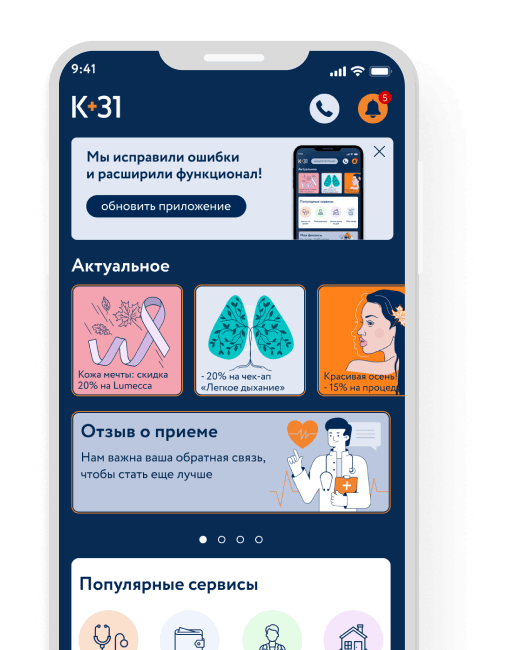
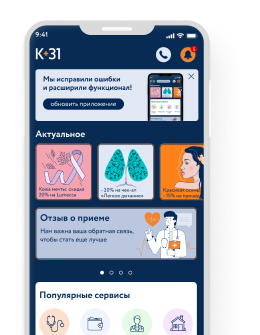









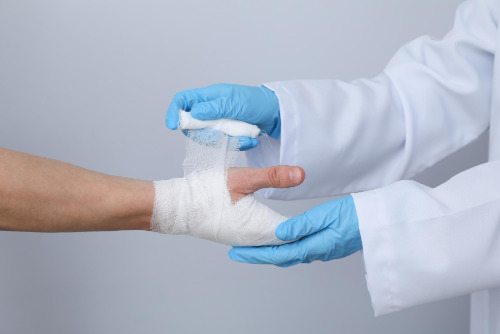
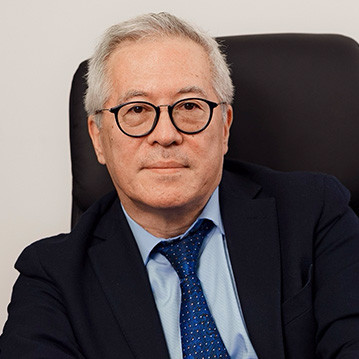


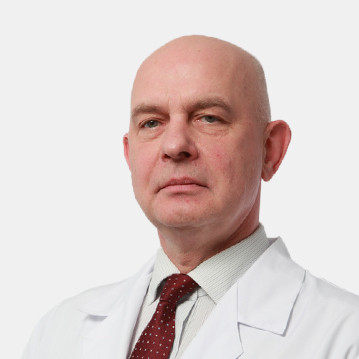





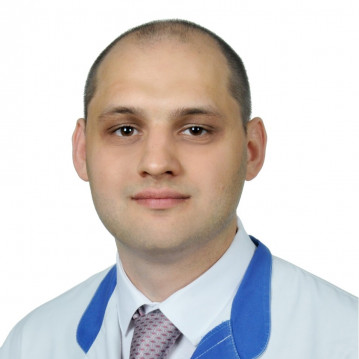




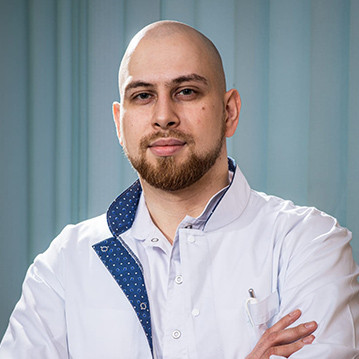
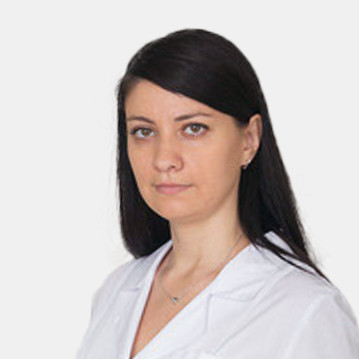
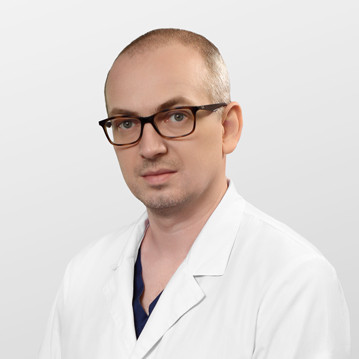

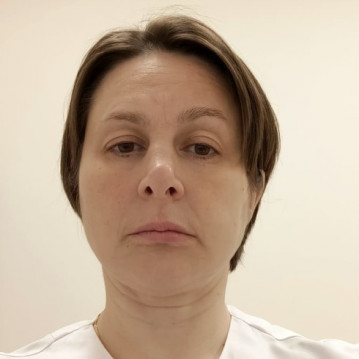

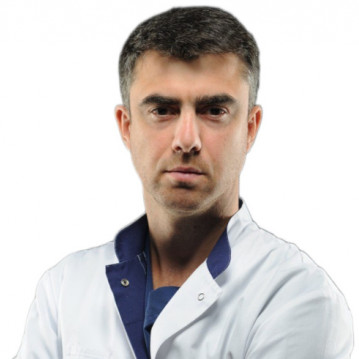

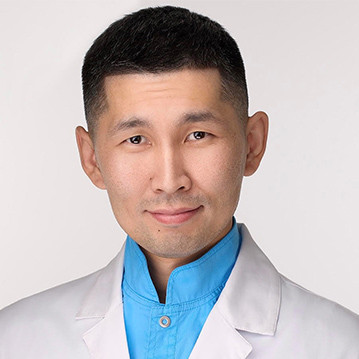






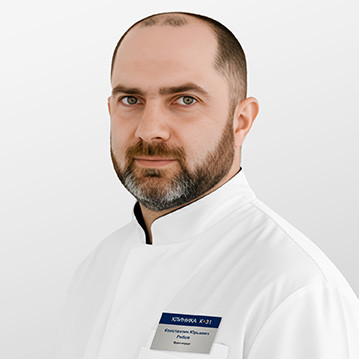

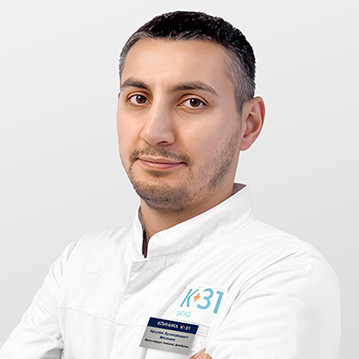
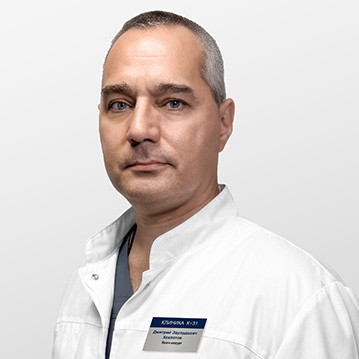
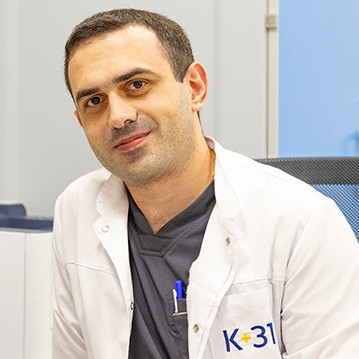
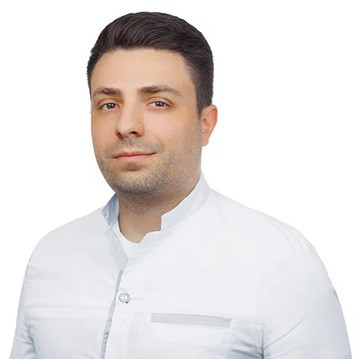
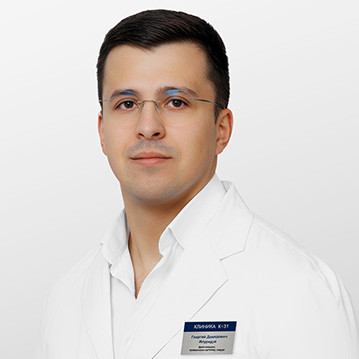


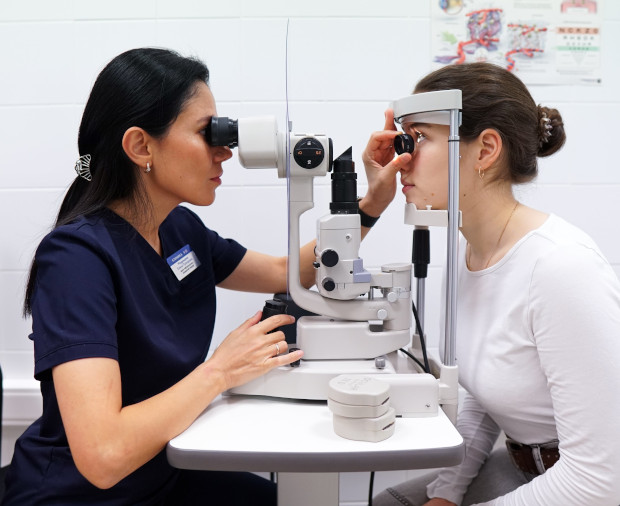
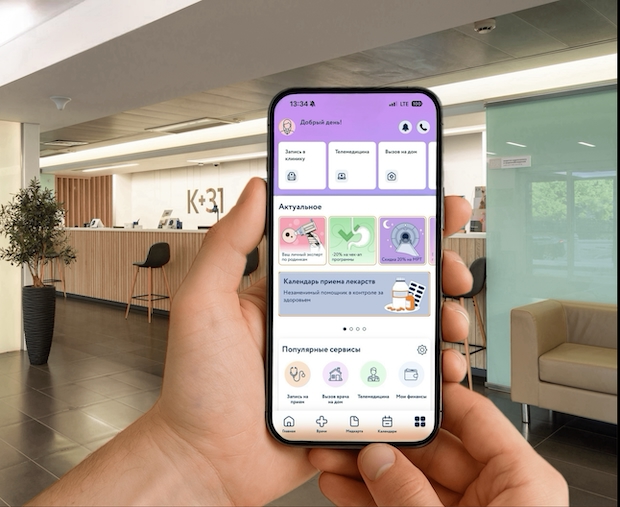



What is a hygroma?
A hygroma, or ganglion, is a tumor-like growth enclosed in a capsule containing serous fluid. It appears at the base of the tendon sheath near the joints, hence its other name—synovial cyst. The "fluid tumor" is soft and firm to the touch, rounded, and moves under the skin when palpated.
Hygromas can be single or multiple, small in diameter (0.5 cm) or large (up to 10 cm), depending on the volume of fluid inside. The growth is not life-threatening and does not become malignant. However, if large, it can compress blood vessels and nerve endings, causing pain and numbness.
A hygroma occurs at the site of destruction of the joint capsule, when synovial fluid leaks under the skin during joint movement. Over time, it becomes encapsulated, similar to a hernia. The joint continues to produce synovial fluid, which periodically leaks into the adjacent ganglion cyst when stressed. During joint loading, fluid can flow from the joint capsule into the ganglion cyst and back, causing the growth to temporarily enlarge or shrink.